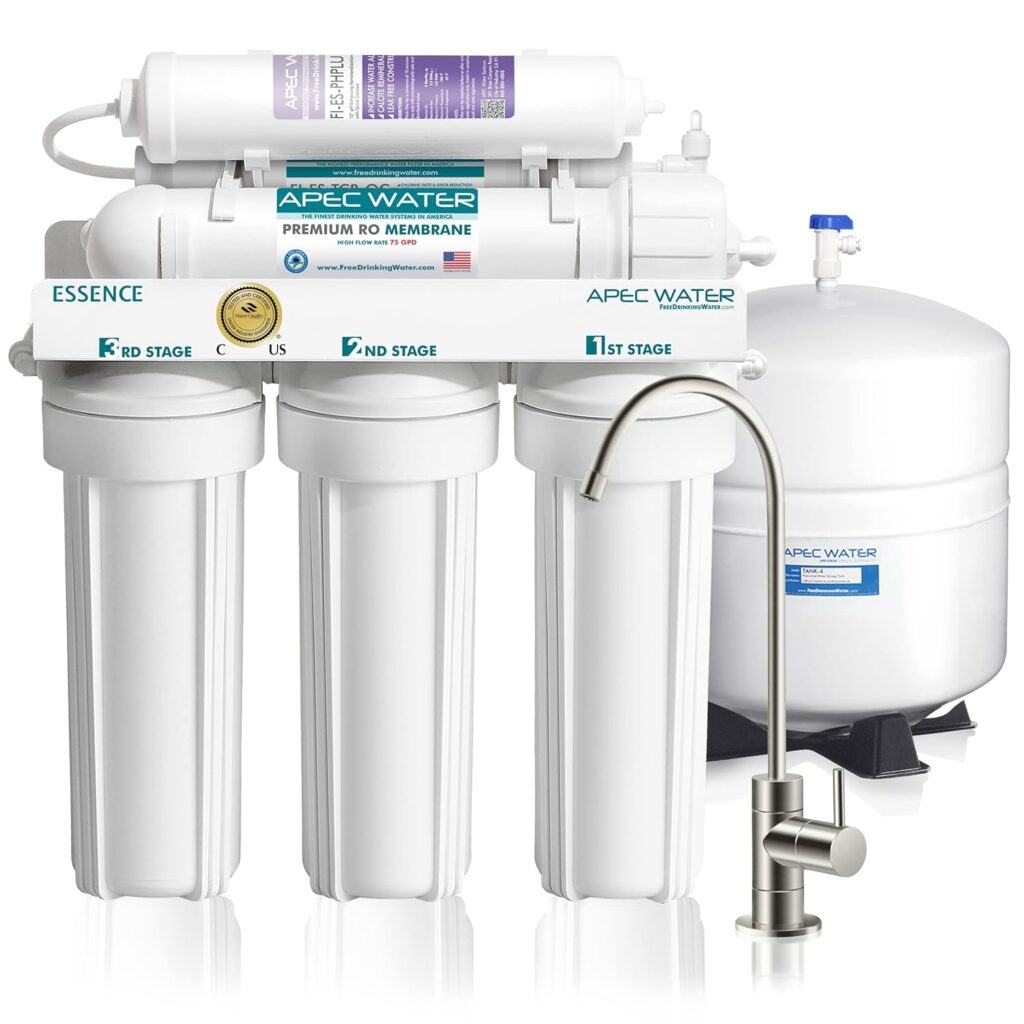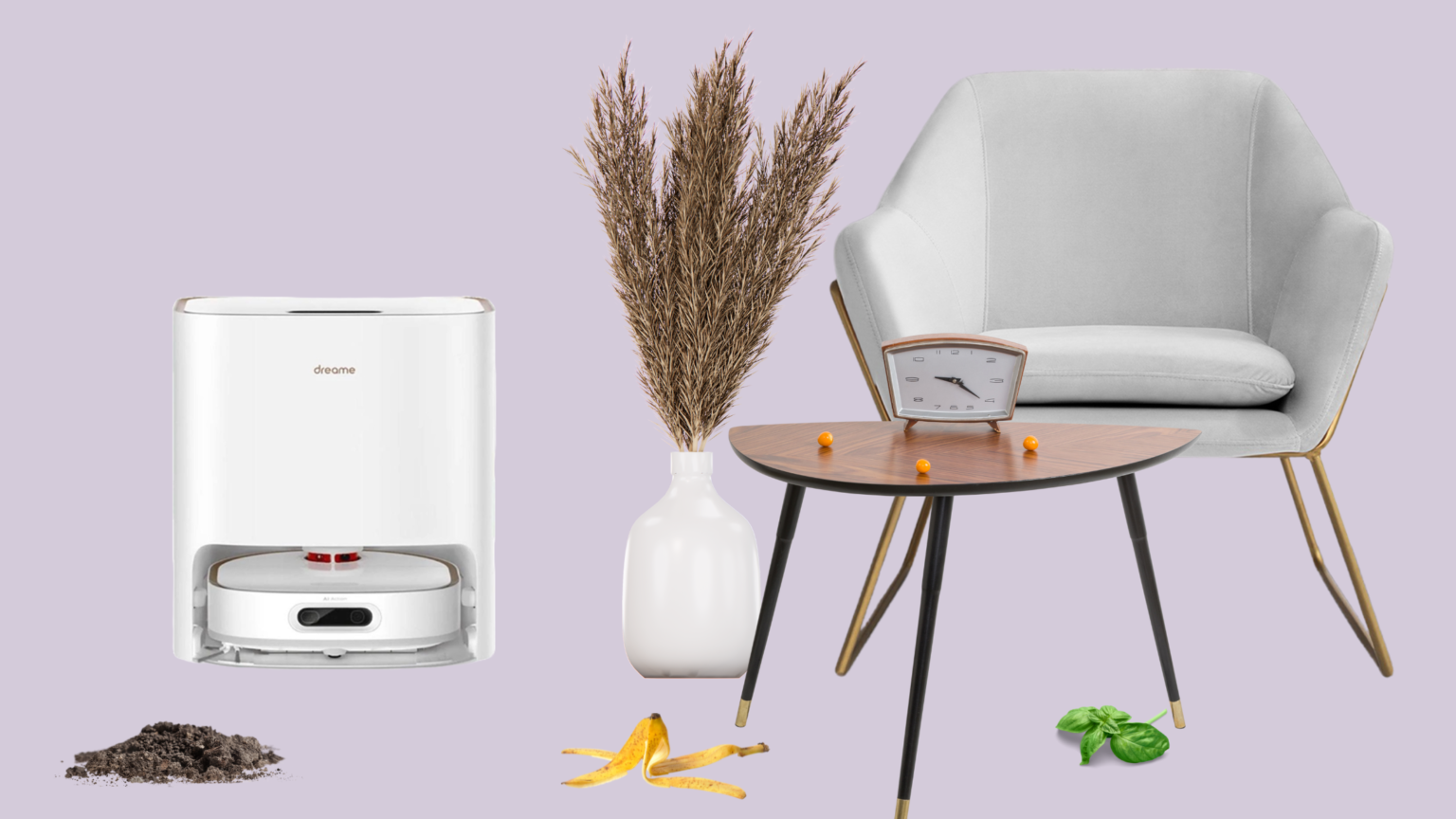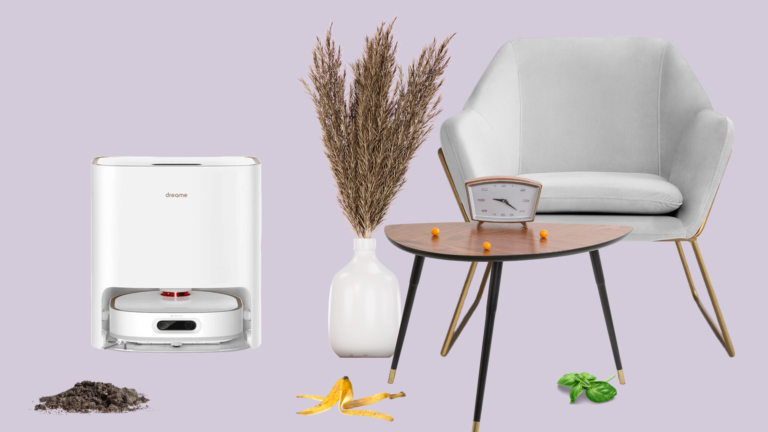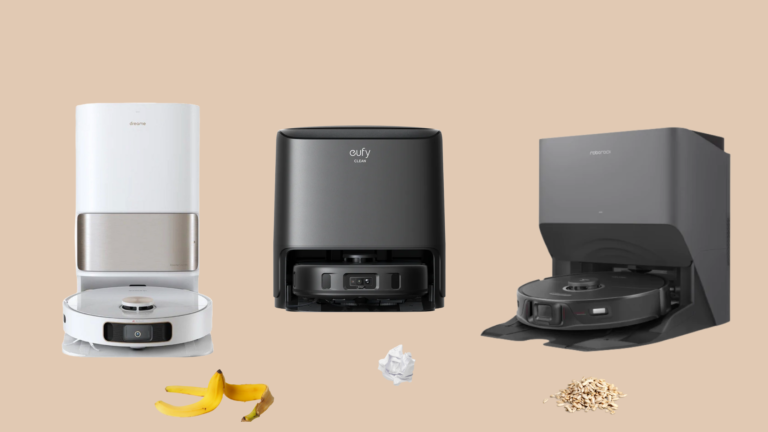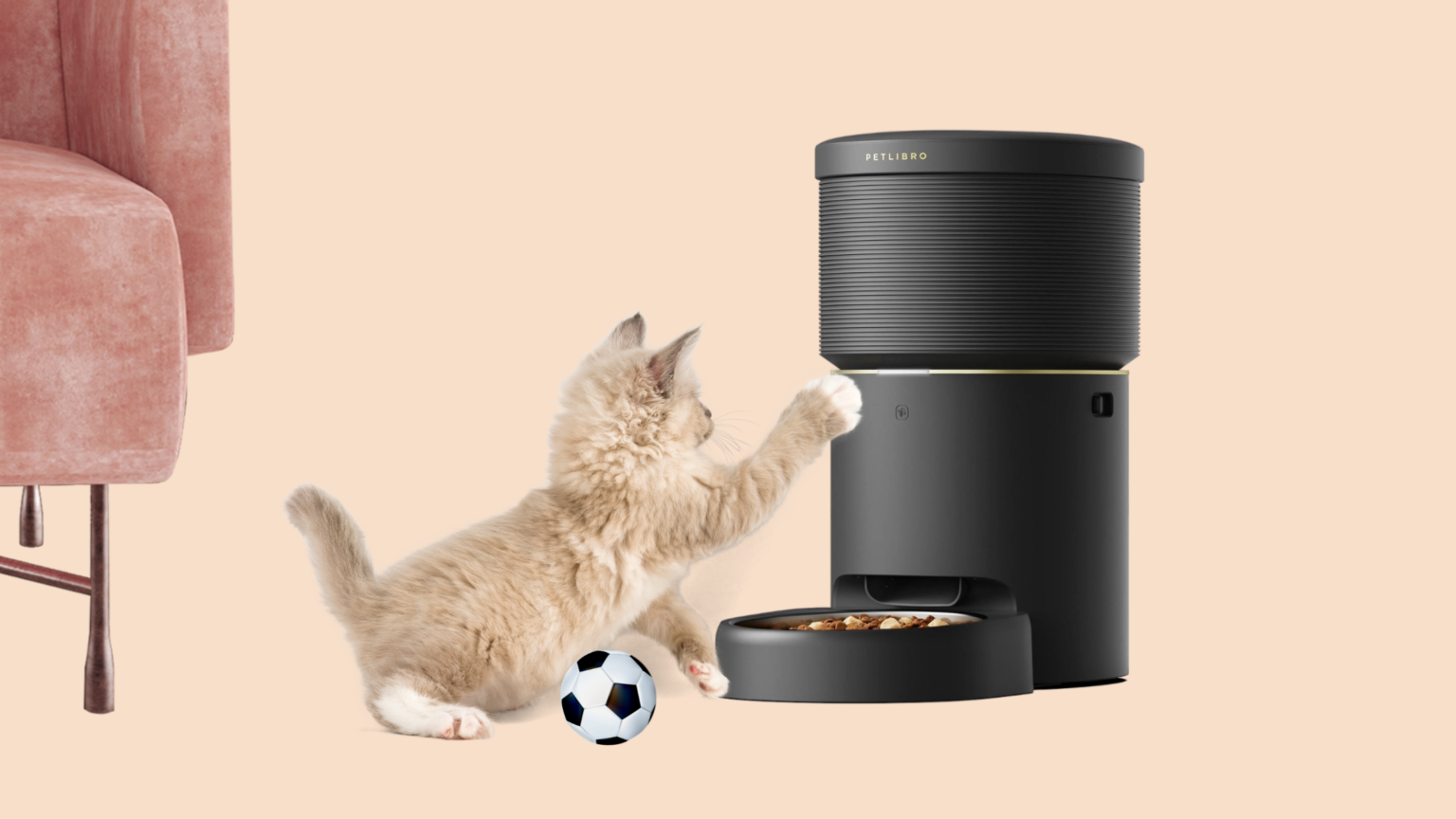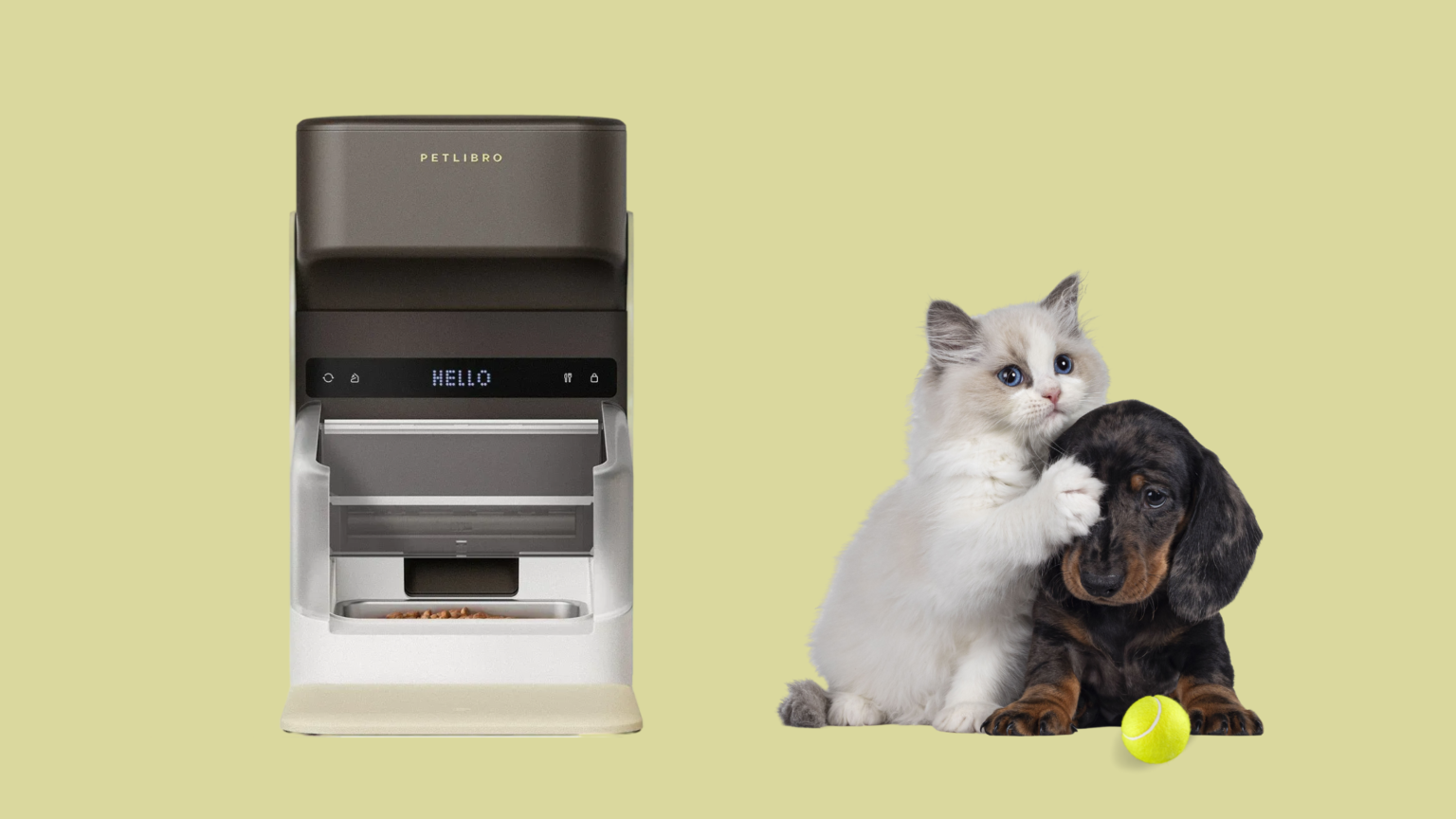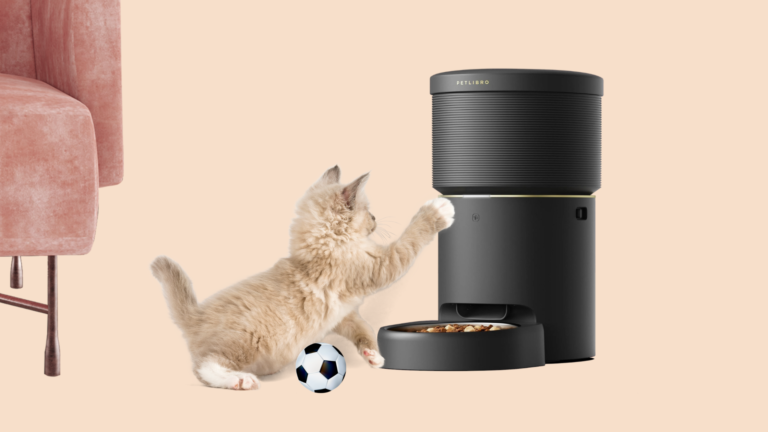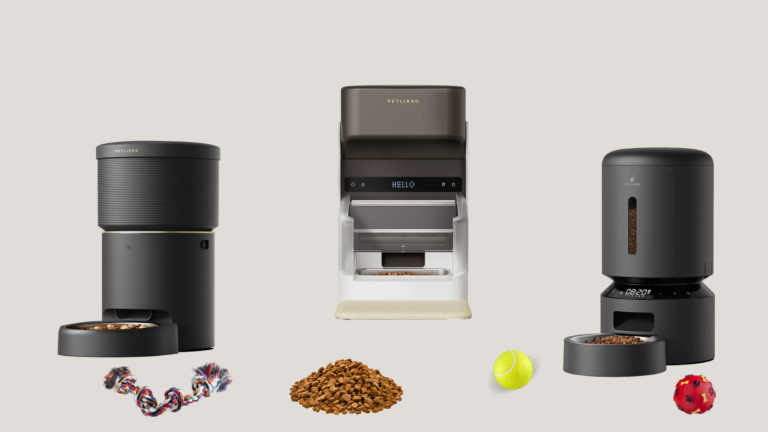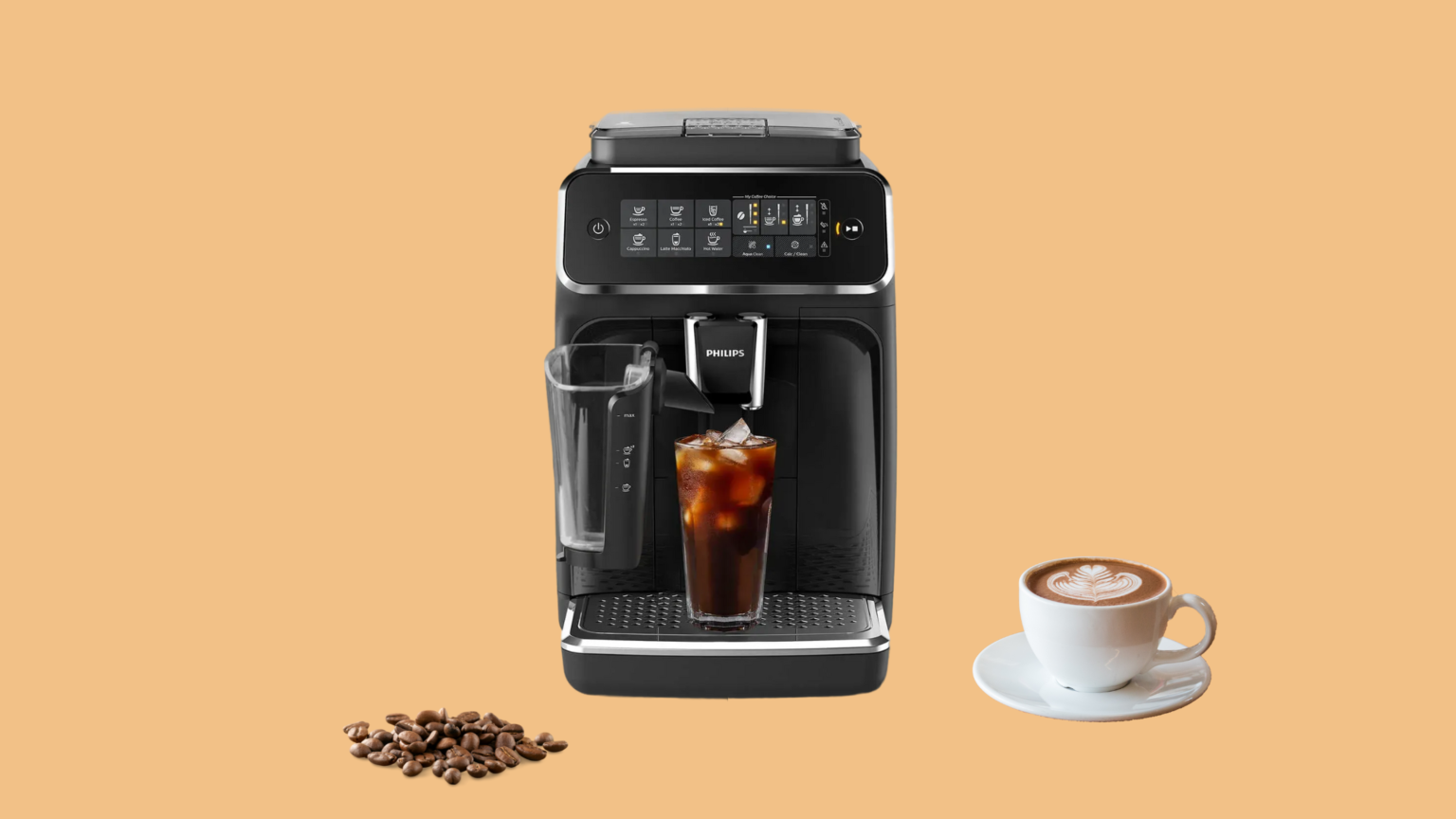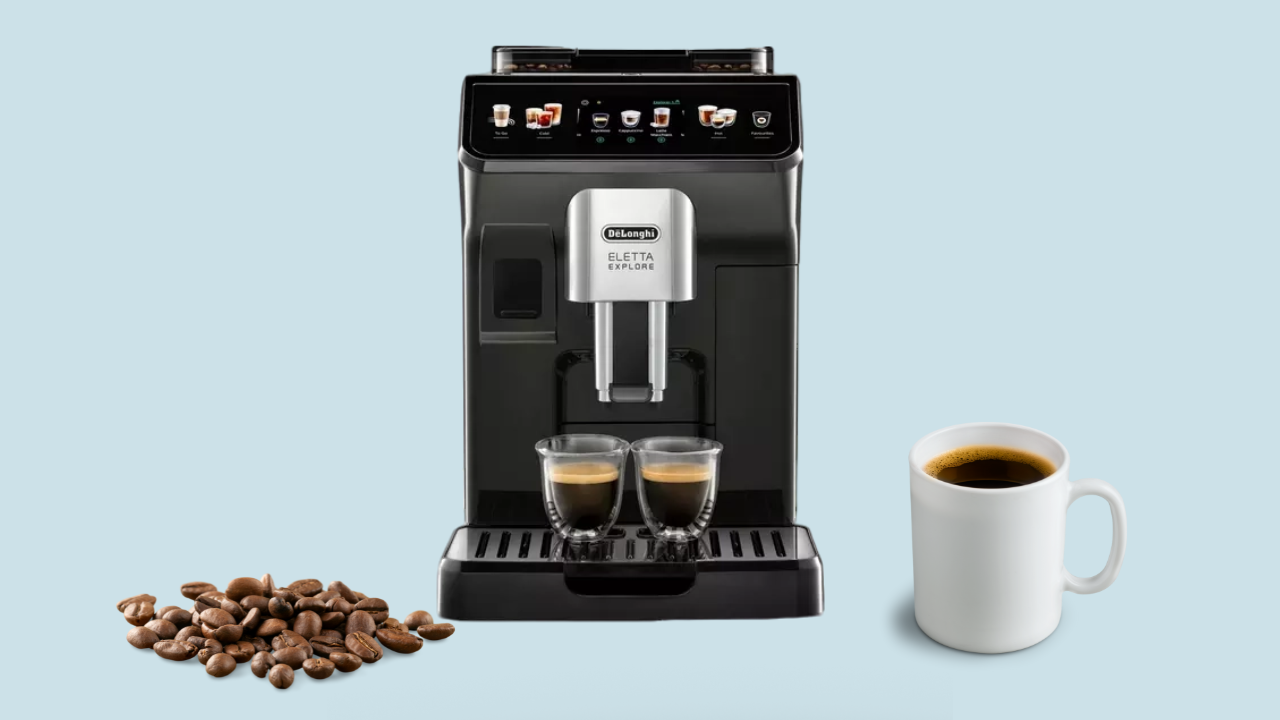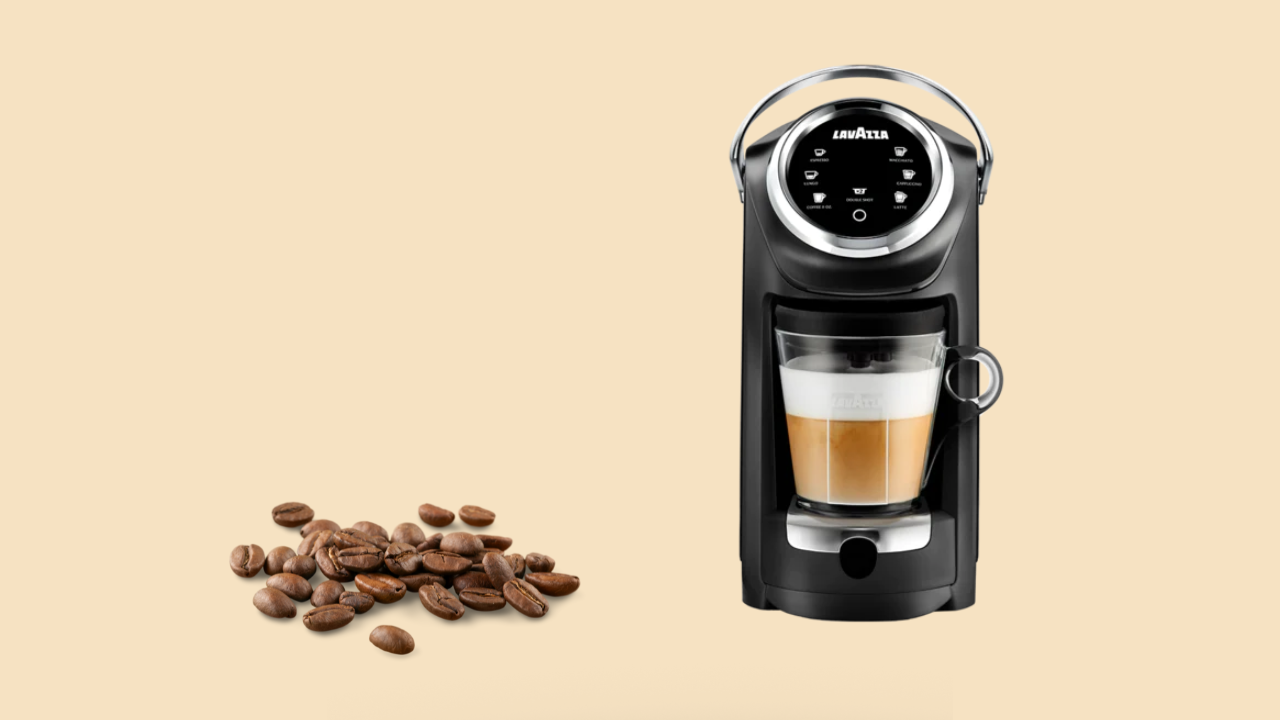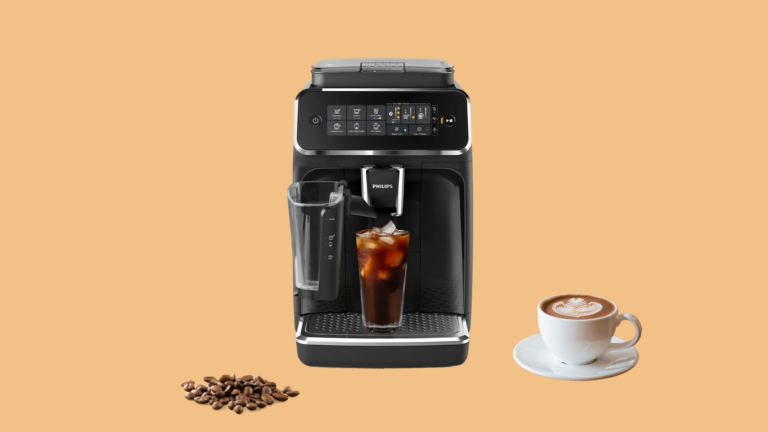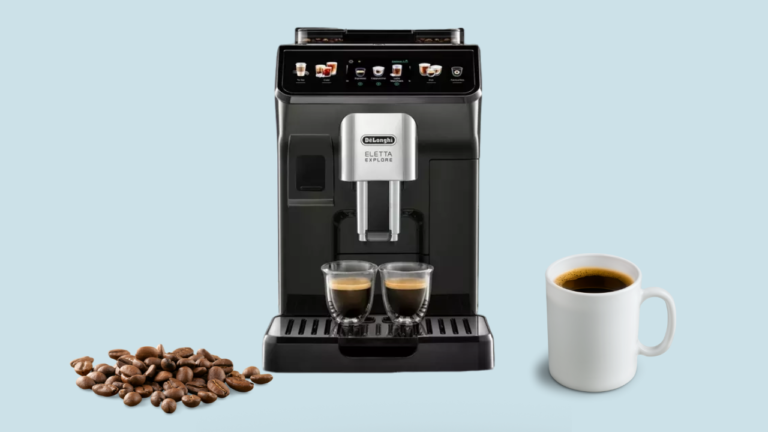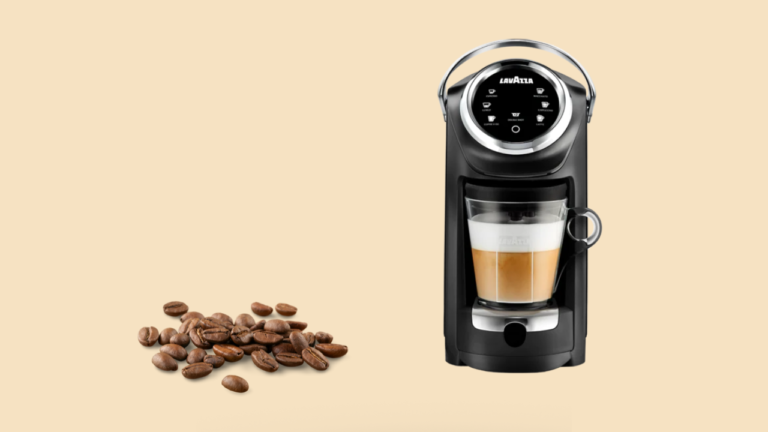We independently review our recommendations, and we may earn commissions from provided links. Find out more.
How to Prevent Pancreatic Cancer (Technological Evolution of Testing Cancer)

By Alexander Arnaudov Last Updated December 30, 2023

Cancer diagnostics, literally, in the last few years, has been really revolutionized. There are two tests that have done this. The first one is called a full-body MRI. There have always been scanners, but now MRIs are becoming more ubiquitous and cheaper. These are not rediation scans of your entire body, so it takes less than an hour to do the entire body. It scans your entire body, not just for tumors but also for other anatomical abnormalities that can kill you. Like aneurysms in your brain or aorta.
So definitely, it’s a really useful test. Although this test is controversial, people do find it incidental.
The second technology that has really revolutionized is the liquid biopsy. That’s called the gallery grail test, that’s a blood test sending in a vail of blood. They check it for a few fragments of DNA from active tumors in your body. The average selling price of this kind of test is $900.
It can diagnose 50 of the hardest-to-diagnose tumors at very early stages.
The reason cancer is so hard to treat is because it’s diagnosed at stages 3–4, when it’s metastatic. A person diagnosed with cancer then has to go through chemotherapy, radiation, and surgery. It’s so hard to treat, but once you diagnose it in stage 1, people don’t even have a chance to get into other stages. So, if you can afford it right now, this blood test should be done once a year.
In addition to those, you can’t do only those. Each of them detects it’s own things. You have to get your colonoscopy. Do it early, especially if you have a family member with a history of cancer.
Practically, this technology is not only for diagnosing cancer, but if you go there and see precancer, you can remove it immediately.
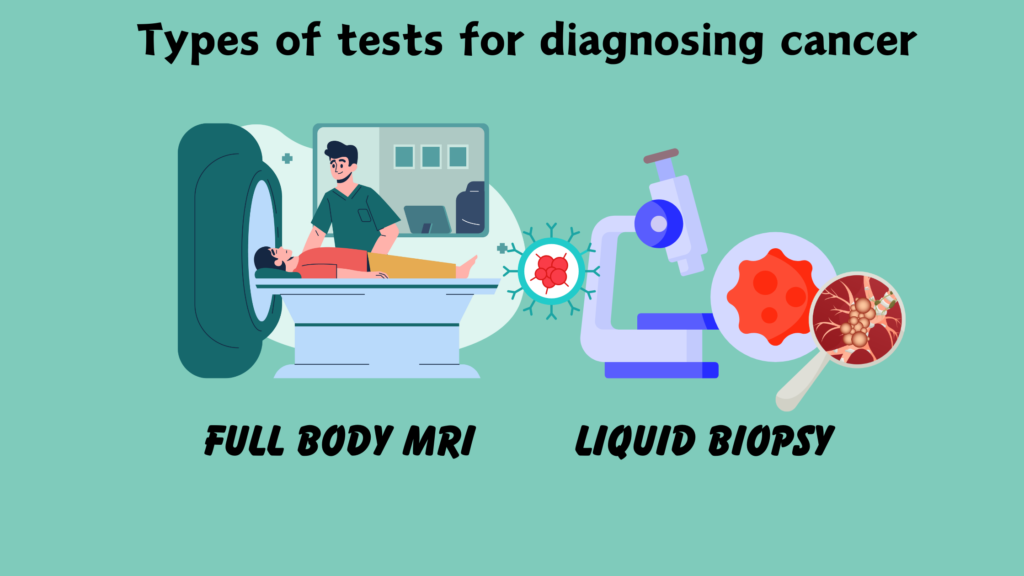
How do you prevent cancer?
Cancer prevention is done by getting 7-8 hours of sleep, making sure that your nutrition is mostly from whole foods, not processed foods. And lastly, exercising and not being sedentary.
The other thing is eliminating toxins from your day-to-day life. You can do that by realizing where you spend the most time. Some people might spend most of their time at work and sleep in their beds at night. That environment and the air in that environment you should make sure to keep as clean as possible. So you have to detoxify your air, food, water, and chemicals on your skin.
So for air detoxification, make an air purifier for each of these environments if the air is not perfectly clean. Make sure to see what the best air purifiers for 2024 are.
For your water, there is something called an undersink osmosis water filler. You basically put it under the sink, where you get most of your drinking water.
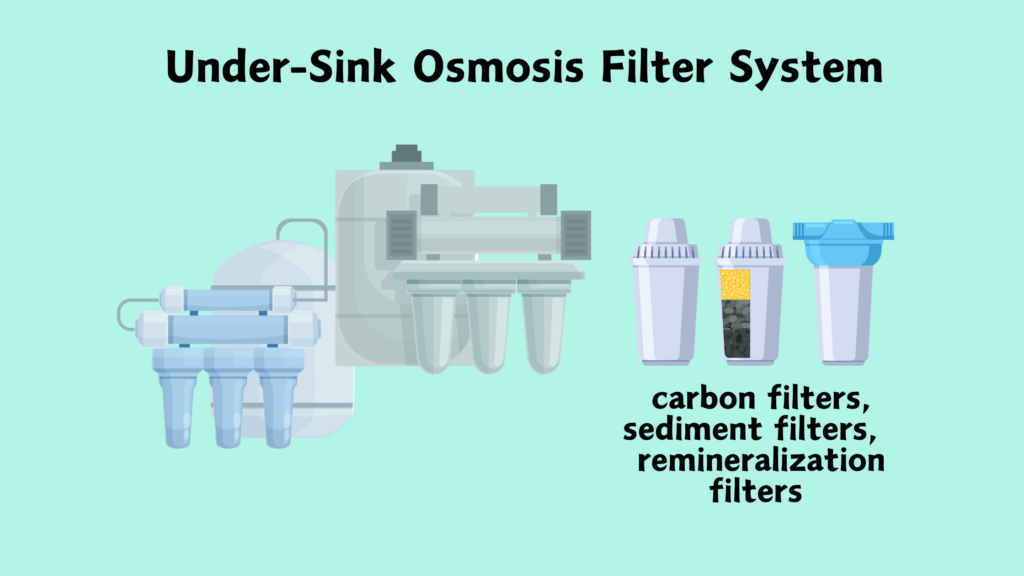
What are the undersink water filters and how they work?
The reverse osmosis technique is how a lot of under-sink water filters function. Reverse osmosis is essentially the opposite of osmosis, as the name implies.
Imagine a container that is split down the middle to get an idea of how osmosis works. A semipermeable membrane sits in the center of two solutions, one of which is concentrated and the other is diluted. Osmosis forces the concentration to equalize by allowing the diluted solution to flow spontaneously across the membrane and into the concentrated solution. Natural environments and even your own body go through this process on a regular basis.
What are The best Undersink water filters for 2024?
One major distinction between reverse osmosis and osmosis is that reverse osmosis is forceful, whereas osmosis is passive. This indicates that the solution is being forced up against a semipermeable membrane in your tap water.
Reverse osmosis is one type of process that leads to desalination (removing salt from seawater). Moreover, reverse osmosis is applied for recycling and wastewater treatment. Even when used to produce energy, if properly recovered, the heat produced in this process can be put back into use.
How do I choose the best under-sink water filter for my Home?
When it comes to under-sink filtration systems, there are several things to take into account. A few of them are:
- The hardness of your water
- Which problems with water quality could be the root of limescale?
- Which toxins could be in your water?
One of the best under-sink water filters is the APEC ROES-PH75. If you’re looking for the other best, click here.
Pros
- Easy installation
- Certified filtration
- Alkaline enhancement
- Unlimited clean water
- Dependable and noise-free
- Extended warranty
Cons
- Requires minimum water pressure
- Not compatible with all plumbing systems
This 6-stage reverse osmosis water filtration system removes up to 99% of impurities such as chlorine, odors, and heavy metals, ensuring that you have access to clean, safe drinking water. Plus, the premium mineral cartridge adds high-purity calcium carbonate to enhance the taste of the water and raise the pH for those who prefer alkaline water.
One of the standout features of this system is the high-quality, long-lasting filters that treat tap or well water, providing unlimited clean drinking water. Additionally, the system comes with a 100% lead-free designer faucet and JG premium-grade tubing and parts for safe, impurity-free pure water.
One other standout feature of this system is the premium-grade calcium mineral cartridge that adds high-purity calcium carbonate to effectively raise pH in the water for those who desire alkaline water. This is a unique feature that sets it apart from other re-mineralization reverse osmosis systems that often add various beneficial minerals back into the water from unknown and uncertified sources, leading to potential health concerns.
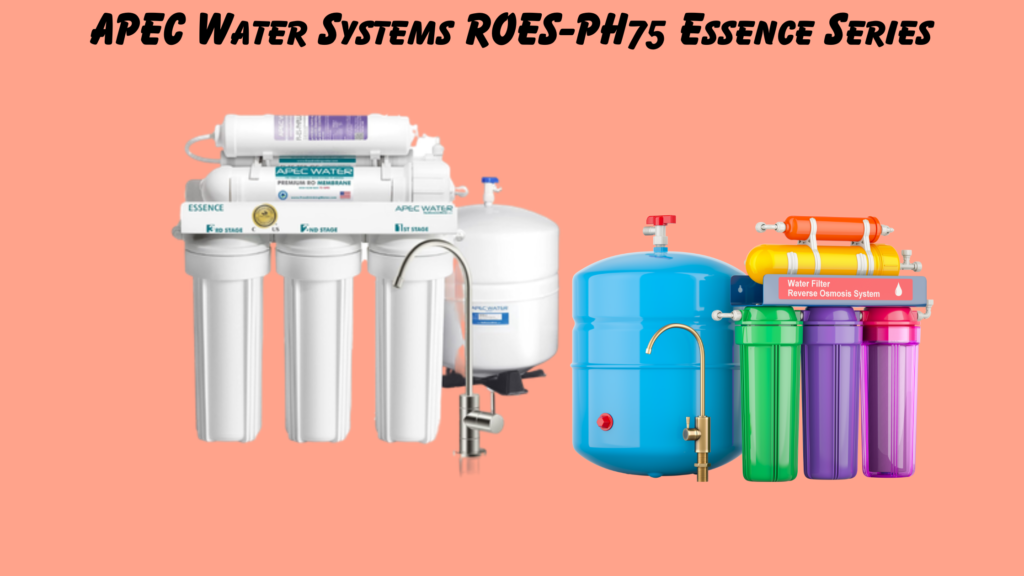
The ROES-PH75 is WQA certified, ensuring the highest impurity removal rates and giving you the purest water possible. It comes with a 100% lead-free designer faucet and JG premium-grade tubing and parts to provide safe, impurity-free, pure water. The system has a 2-year extended manufacturer warranty with registration and is designed to provide users with high-quality, safe drinking water for many years to come.
According to the manufacturer, the system is guaranteed to remove up to 99% of impurities such as chlorine, taste, odor, and VOCs, as well as harmful fluoride, arsenic, lead, heavy metals, and 1000+ impurities. The WQA-certified system uses premium, long-lasting filters to treat tap and well water and provides unlimited clean drinking water.
Overall, the APEC Water Systems ROES-PH75 is a WQA-certified system that provides unlimited clean drinking water. It uses premium, long-lasting filters to treat tap or well water and is America’s No. 1 rated water filter brand, with 20 years of success guaranteeing a trouble-free, noise-free system for long-lasting, dependable, pure drinking water.
For your food, get it organic. They include fresh produce, meats, and dairy products, as well as processed foods such as crackers, drinks, and frozen meals. The market for organic food has grown significantly since the late 20th century, becoming a multibillion-dollar industry with distinct production, processing, distribution, and retail systems.
For example, organic foods like vegetables, fruit, eggs, milk, and meat are produced without synthetic (human-made) pesticides, herbicides, and fertilizers. Organic farmers may use natural pesticides approved for organic food production.
Finally, for the cosmetics that you use and the stuff you put on your body, there is a great app called Think Dirty. You can put any product there, scan the barcode, and it’ll tell you the level of toxin and recommend the most non-toxin products in the searched category.
And if you do all of the detoxification methods, you’ve covered 80% of your life in a non-toxic environment.
You might be asking yourself how to screen for cancer.

What is Pancrеatic cancer?
Pancreatic cancer is often diagnosed late and has a very poor prognosis, so if you don’t want to prevent that, make sure to have a biopsy test, as we said earlier.
The vast majority are adenocarcimos, and most frequently, they occur in the head of the pancreas. Pancreatic cancer tends to spread metastatically early, particularly to the liver and then to the lungs and bones.
What would really make you consider having pancreatic cancer is painless obstructive jaundice. It occurs when the head of the tumor is at the head of the pancreas and compresses the bile bucts, blocking the flow of bile out of the liver. It’s often presented with yellow skin, yellow sclera, and dark urine. Other features can be abdominal pain, back pain, or unintentional weight loss.
If patient has weight loss plus any of the following: diarrhea, back pain, nausea, vomiting, or constipation,. Then, pancreatic cancer is the only scenario where your GPS can refer you to a CT scan.

The diagnosis of pancreatic cancer is based on imaging, usually a CT scan plus histology from the biopsy of the lesion. Nothing would be seen in a colonoscopy unless it’s a massive mass that’s pushing on your colon. The pancreas is a separate organ, and usually these masses are very tiny. With that being said, probably the best way to screen for pancreatic cancer is a full-body MRI, or Grail test.
The grail test does find pancreatic cancers as well. Learn all the way to the bottom if you want to learn what the Grail Test is if you have skipped the first part of the blog post.
The first thing is that there is a really accessible genetic test for cancer that tells you your cancer risk. Knowing those genes and if you’re at higher risk for a specific kind of cancer will definitely accelerate your screening for that cancer.
That test is called the color genetic test. Just go to color.com/cancer, and it will give you cancer risk chances. Actually, the normal screening is really helpful for colon cancer, prostate cancer, breast cancer, and cervical cancer. But unfortunately, it ignores other cancers, like pancreatic cancer, lung cancer, etc. By the way, lung cancer is the number one deadly cancer out of all the cancers.
So what Dr. Darshan Shan recommends is taking screening to the next level, which is a full-body MRI, a CT scan, and the grail gallery test.
An MRI test is not good for lung masses, so if you’ve smoked, get a CT scan of your chest.
On the other hand, an MRI scan is good for other solid masses that normally would never get diagnosed until it’s too late. Examples of those are pancreatic masses, liver tumors, brain tumors, etc.
The Grail Test is what’s called a liquid biopsy, where we can actually take a blood test and find segments of cell-free DNA for tumors. It literally detects 50 different kinds of cancer, and it can tell you if you have a tumor developing very early, even before being seen on an MRI scan.
What are the basic methods of screening?
There are a few ways to screen, and the first is normal screening. That is colonoscopy, in which they brought the age now down to 45 but people can also do colonoscopy younger. Also, the PSA blood test is for men to screen for prostate cancer. For women, the mammogram and cervical exam.
But you should be well aware that cancer’s biggest enemy is being diagnosed at stage 1. Almost every single person dying from cancer now is because it’s been diagnosed way too late. It takes months to years for cancer to go from stage one to stage 3–4.
Looking for Something else?
Risk factors of Pancreatic cancer
Among the many known risk factors that can increase the chance of developing pancreatic cancer, tobacco smoking is the most common. The following are additional risk factors for pancreatic cancer:
- Being overweight
- Diabetes type
- Prolonged pancreatitis genetic components
- Chronic pancreatitis is linked to less than 5% of pancreatic cancers.
- Alcohol usage is not seem to be a risk factor for pancreatic cancer on its own, unless it is combined with chronic pancreatitis.
Tobacco use is the most common environmental risk factor for pancreatic cancer. Smoking is thought to be the cause of up to 30% of cases of pancreatic cancer.
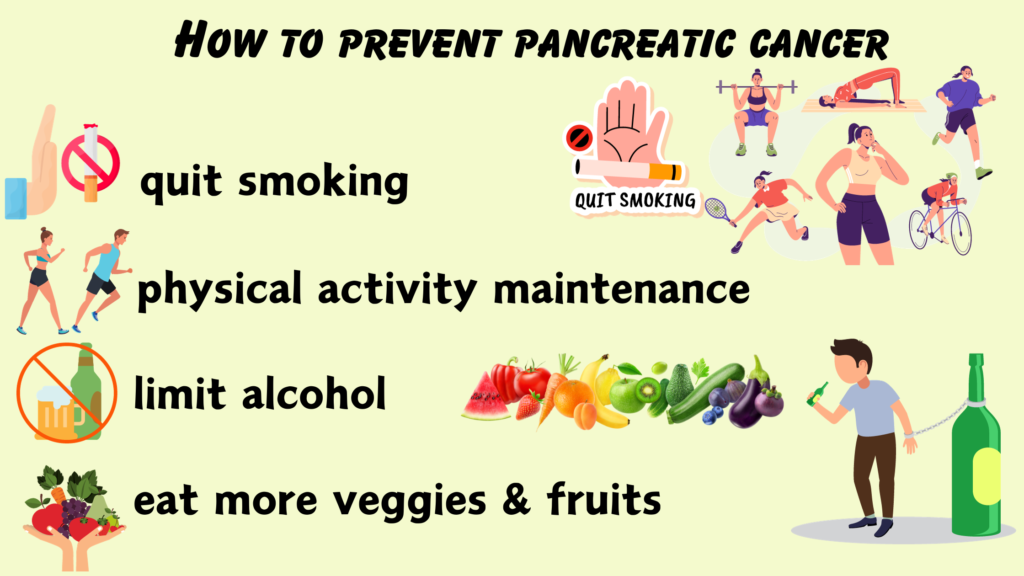
Remarkably, eating dairy and poultry doesn’t increase the risk.
Consuming coffee may reduce the risk of pancreatic cancer. The complex mixture of over a thousand anticarcinogenic chemicals found in roasted coffee includes:
Caffeine Polyphenols Castorol and Kahweol
Acid caffeine
acid chlorogenic, etc.
Individuals newly diagnosed with diabetes mellitus have a 5.4-fold increased chance of developing pancreatic cancer. Among other things, diabetes has been proposed as a result, at least in part, of early indications of pancreatic cancer.
Risk factors of Pancreatic cancer that can't be changed
- The average age of a pancreatic cancer diagnosis is 70 years old, and the disease is more common in older adults.
- Men are somewhat more likely than women to have pancreatic cancer.
- If a parent, sibling, or child is diagnosed with pancreatic cancer, you may be at a higher risk of getting the disease yourself. We refer to this as family pancreatic cancer. While pancreatic cancer appears to run in certain families, most cases of the disease are unrelated to the patient.
- Hereditary mutations account for around 10% of pancreatic cancer diagnoses. These genetic disorders include, for example, hereditary breast cancer

